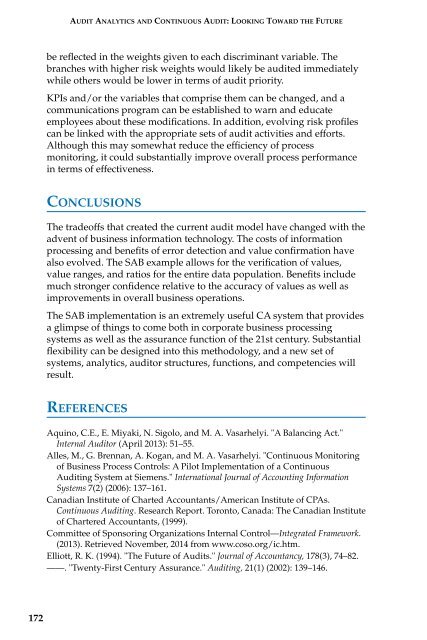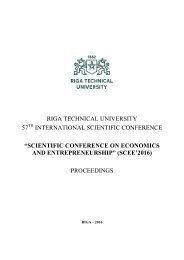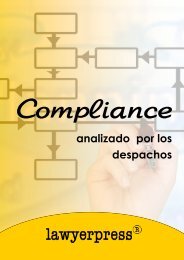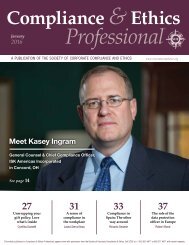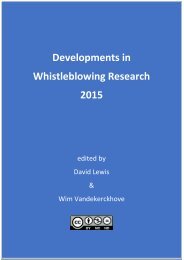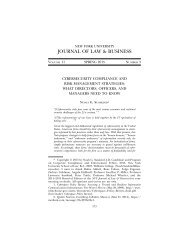AUDIT ANALYTICS AUDIT
x8YaD9
x8YaD9
- No tags were found...
You also want an ePaper? Increase the reach of your titles
YUMPU automatically turns print PDFs into web optimized ePapers that Google loves.
<strong>AUDIT</strong> <strong>ANALYTICS</strong> AND CONTINUOUS <strong>AUDIT</strong>:LOOKING TOWARD THE FUTURE<br />
be reflected in the weights given to each discriminant variable. The<br />
branches with higher risk weights would likely be audited immediately<br />
while others would be lower in terms of audit priority.<br />
KPIs and/or the variables that comprise them can be changed, and a<br />
communications program can be established to warn and educate<br />
employees about these modifications. In addition, evolving risk profiles<br />
can be linked with the appropriate sets of audit activities and efforts.<br />
Although this may somewhat reduce the efficiency of process<br />
monitoring, it could substantially improve overall process performance<br />
in terms of effectiveness.<br />
CONCLUSIONS<br />
The tradeoffs that created the current audit model have changed with the<br />
advent of business information technology. The costs of information<br />
processing and benefits of error detection and value confirmation have<br />
also evolved. The SAB example allows for the verification of values,<br />
value ranges, and ratios for the entire data population. Benefits include<br />
much stronger confidence relative to the accuracy of values as well as<br />
improvements in overall business operations.<br />
The SAB implementation is an extremely useful CA system that provides<br />
a glimpse of things to come both in corporate business processing<br />
systems as well as the assurance function of the 21st century. Substantial<br />
flexibility can be designed into this methodology, and a new set of<br />
systems, analytics, auditor structures, functions, and competencies will<br />
result.<br />
REFERENCES<br />
Aquino, C.E., E. Miyaki, N. Sigolo, and M. A. Vasarhelyi. "A Balancing Act."<br />
Internal Auditor (April 2013): 51–55.<br />
Alles, M., G. Brennan, A. Kogan, and M. A. Vasarhelyi. "Continuous Monitoring<br />
of Business Process Controls: A Pilot Implementation of a Continuous<br />
Auditing System at Siemens." International Journal of Accounting Information<br />
Systems 7(2) (2006): 137–161.<br />
Canadian Institute of Charted Accountants/American Institute of CPAs.<br />
Continuous Auditing. Research Report. Toronto, Canada: The Canadian Institute<br />
of Chartered Accountants, (1999).<br />
Committee of Sponsoring Organizations Internal Control—Integrated Framework.<br />
(2013). Retrieved November, 2014 from www.coso.org/ic.htm.<br />
Elliott, R. K. (1994). "The Future of Audits." Journal of Accountancy, 178(3), 74–82.<br />
——. "Twenty-First Century Assurance." Auditing, 21(1) (2002): 139–146.<br />
172


